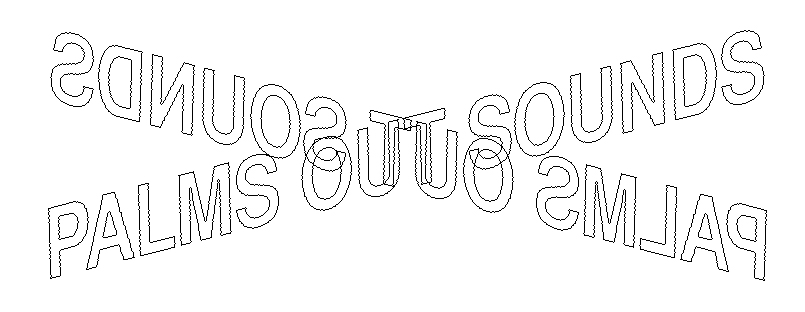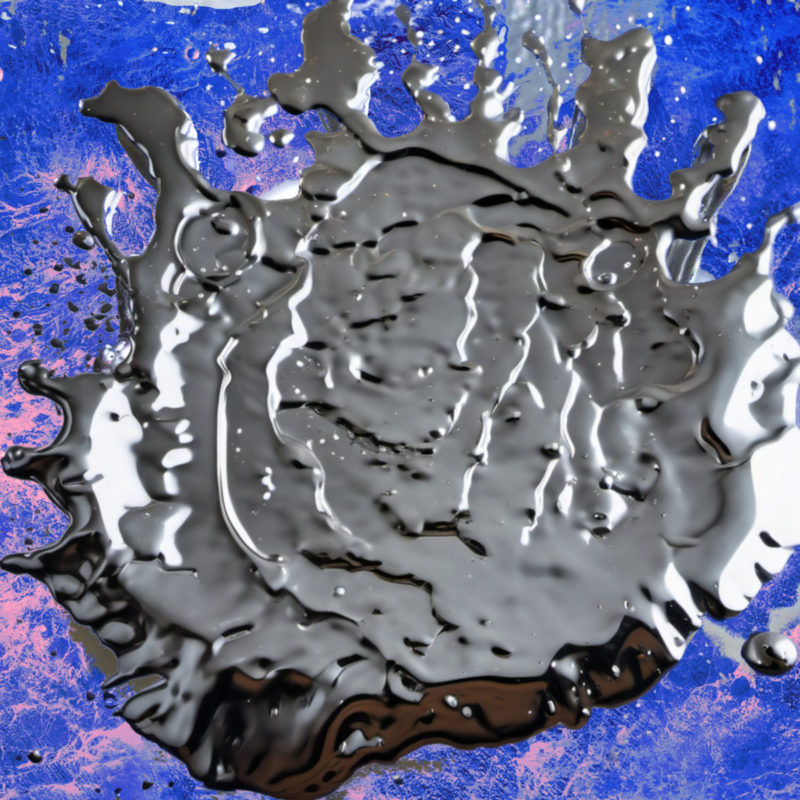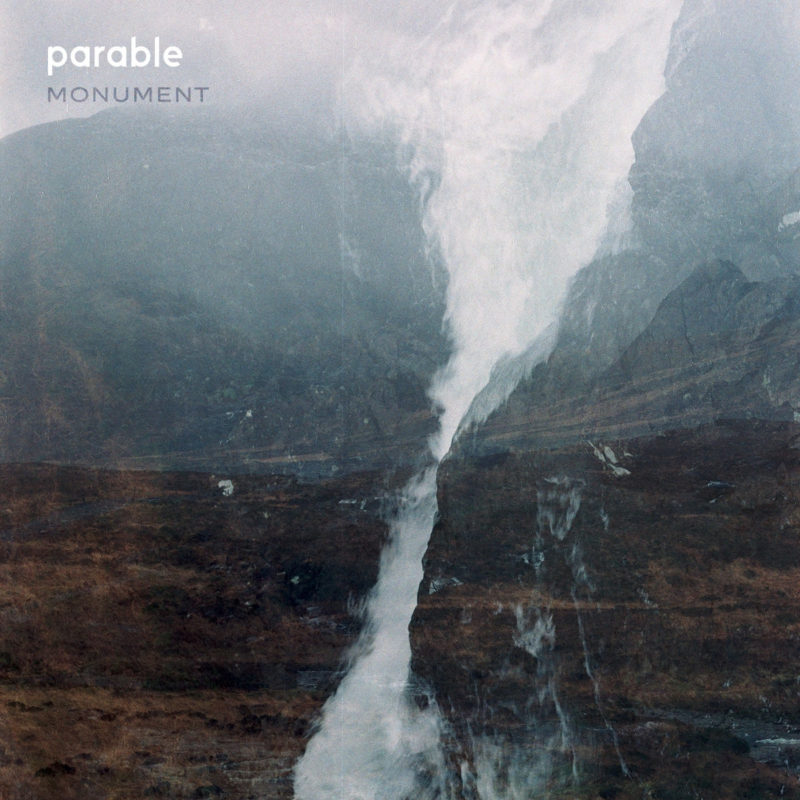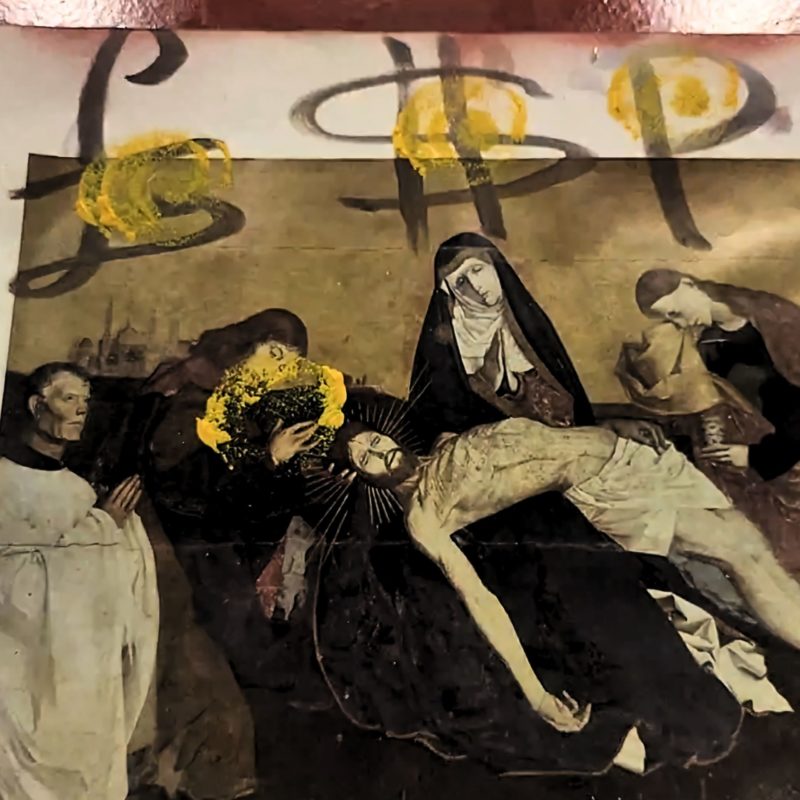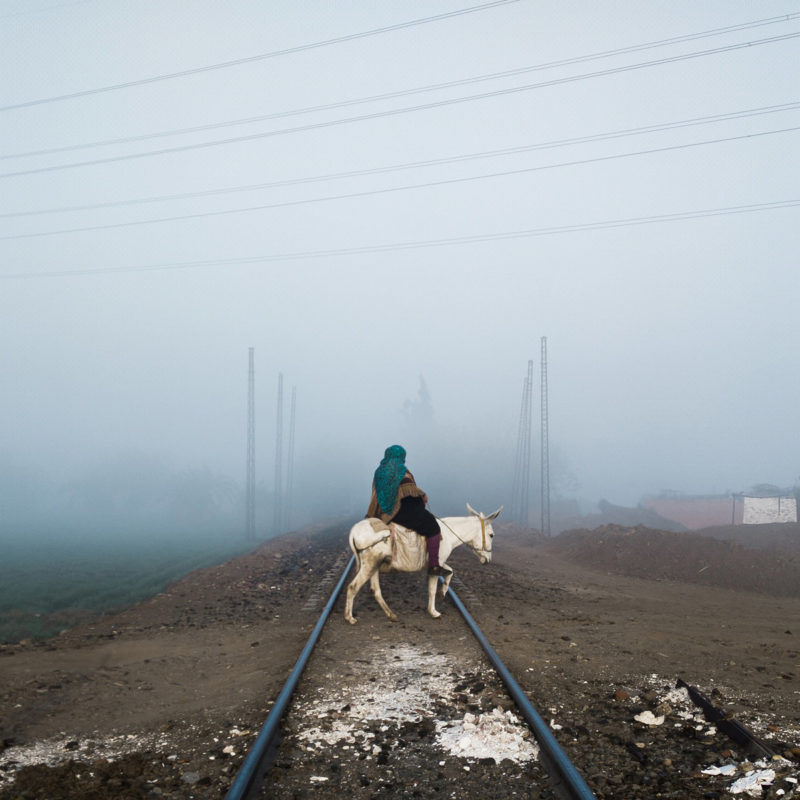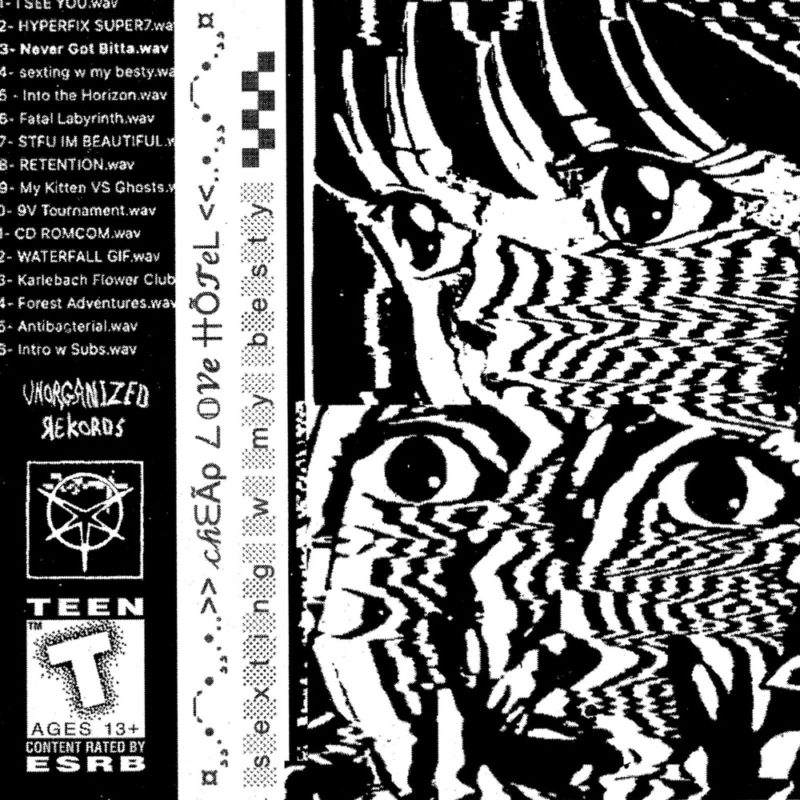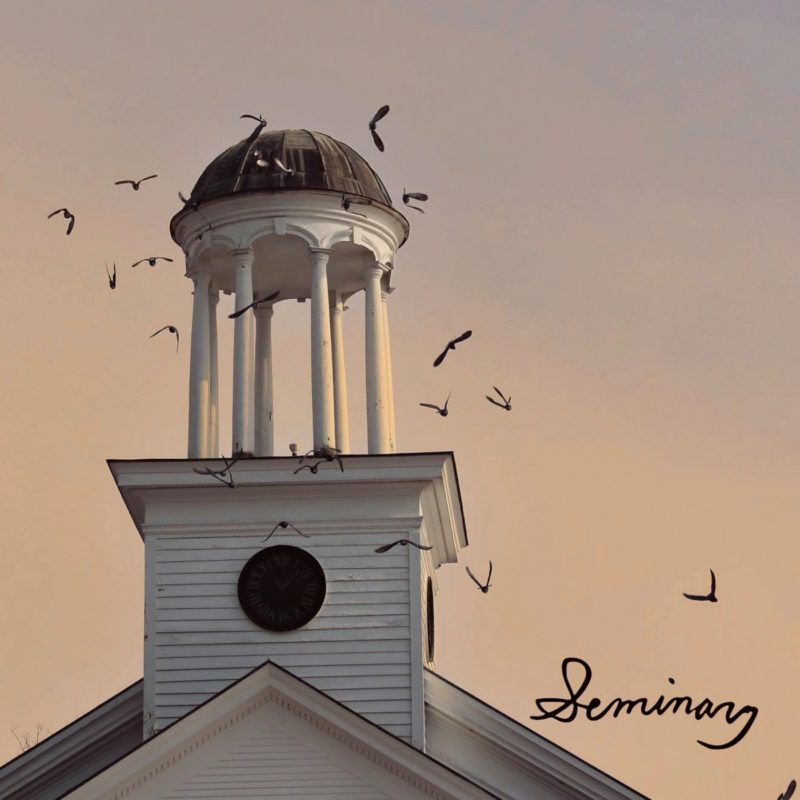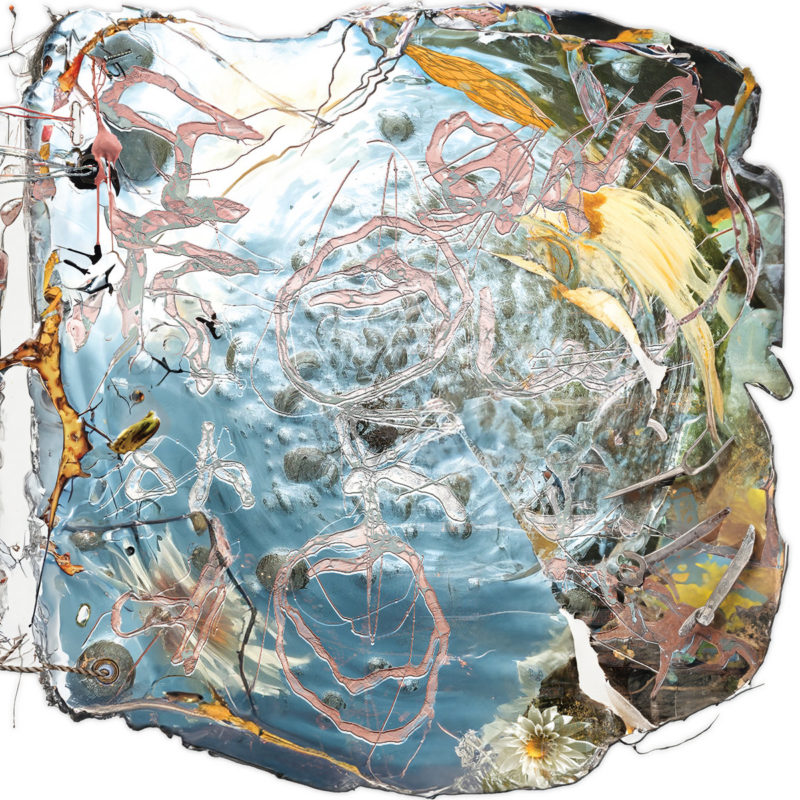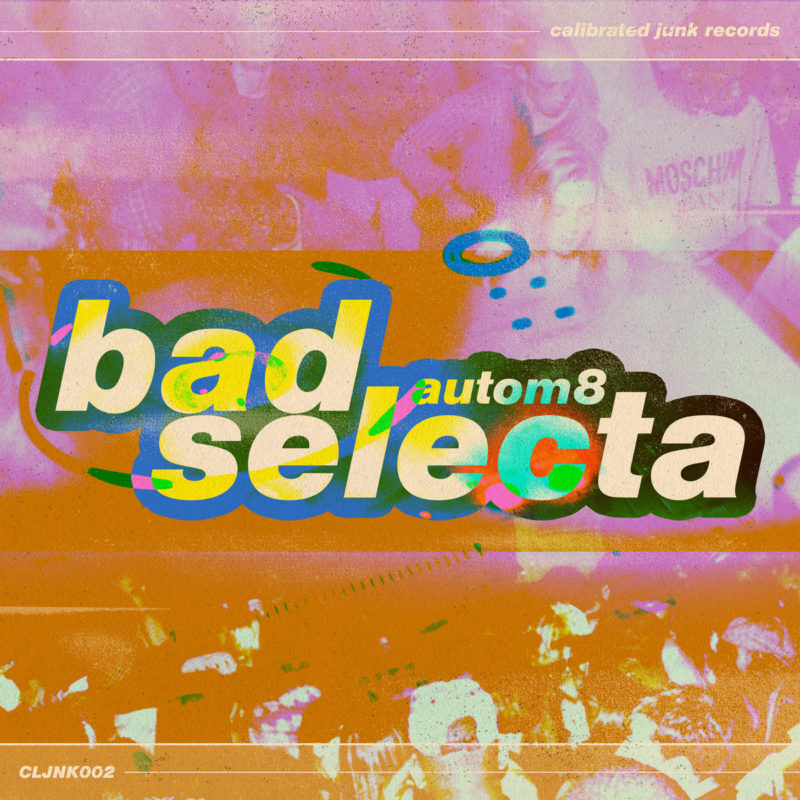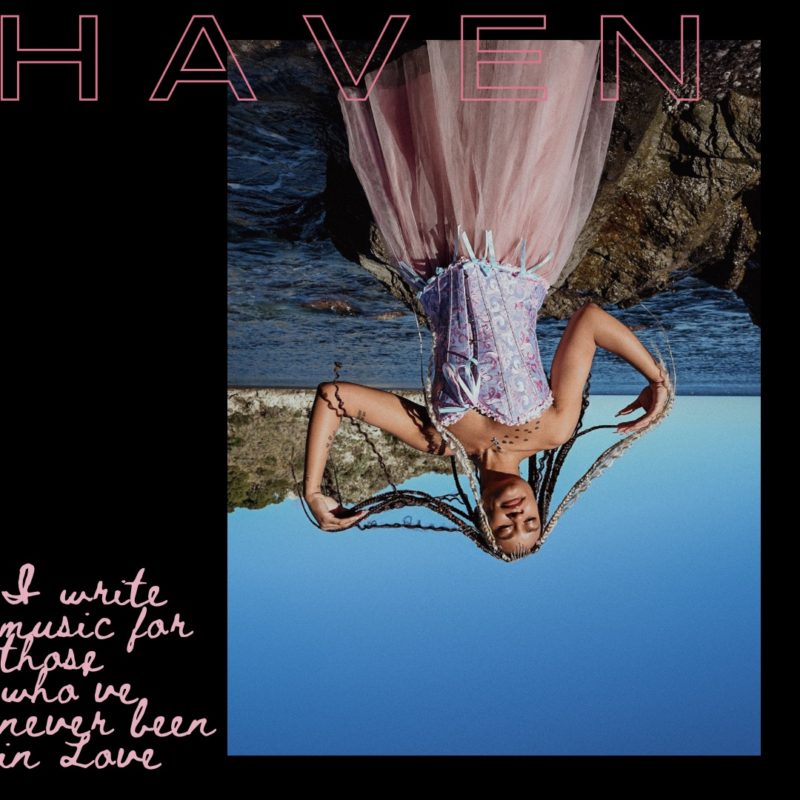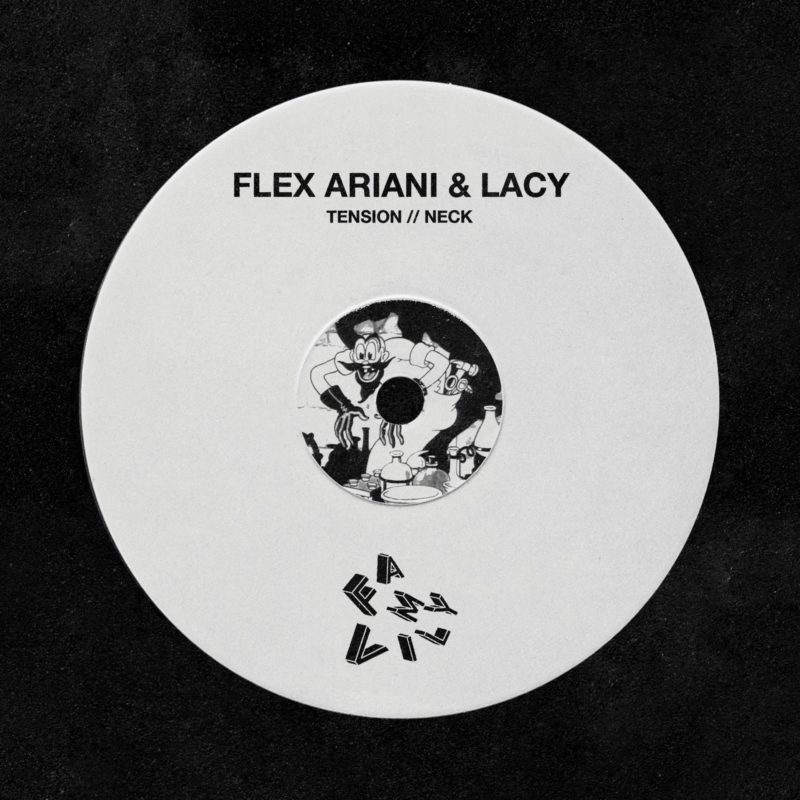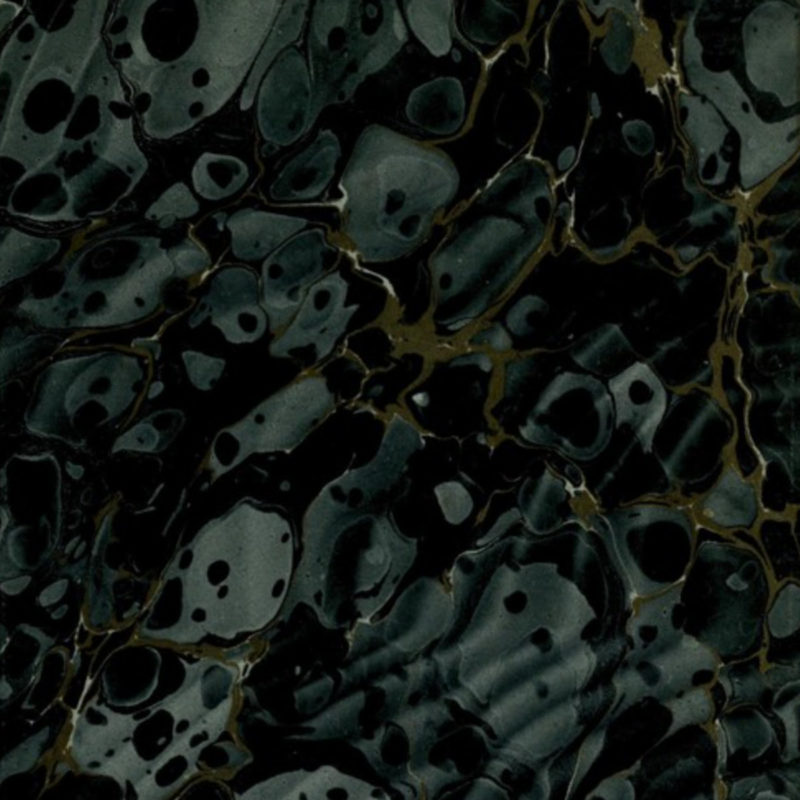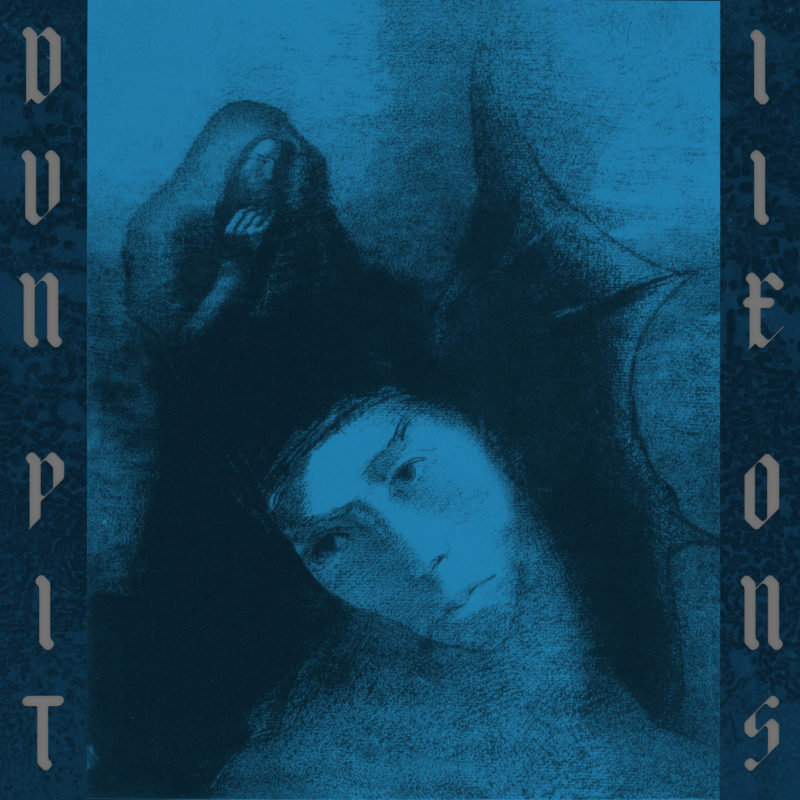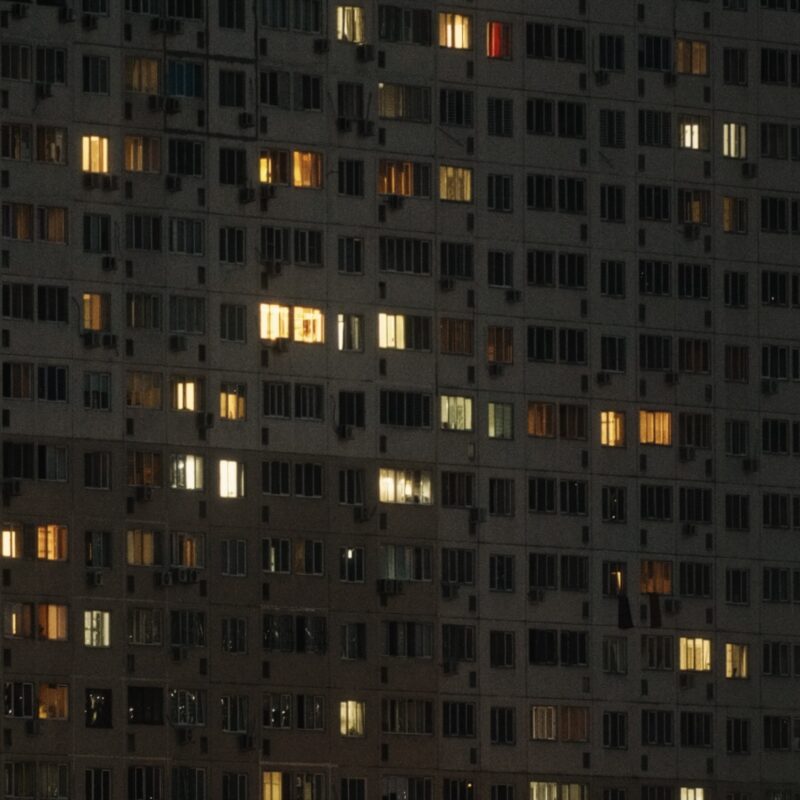
On the one hand, this is inspiring. But on the other hand, it’s scary. It might be for the best.
How does one trace the line between jubilation and heartbreak? How can it be possible that opposite poles so often sit so close to one another? Maybe most spectrums are simply not linear; circularity is probably a better form on which to picture them. The furthest measurable distance on this kind of scale may not be between joy and misery, but rather between extreme and stable.
Qoryqpa (Streets Loud with Echoes) is a film by Kazakhstani filmmaker Katerina Suvorova that follows members of grassroots activist organizations in Almaty for approximately five years. It takes place largely in the immediate aftermath of the death of Denis Ten, a national icon and figure skater who was killed by carjackers attempting to steal his side mirrors. It traces the political movement that arose following his death, leading to the resignation of the country’s first president—who ruled the country for 30 years, and whose tenure began before the fall of the Soviet Union—up until the violent unrest of January 2022 that led to the deaths of over 200 people. Despite the intensity and passion with which many of the activists tracked in the film hold their beliefs—and the brutality and violence with which some are met—possibly the film’s most striking quality is how elegantly it demonstrates Hannah Arendt’s concept of the banality of evil. Everyone in the film, including the activists, police, and judges, are all purely human; these are ordinary people on either side of the fight for constitutional reform, all victims of extreme oligarchy regardless of their political posture. Despite being similar in most respects, they sit at opposite political poles of a circular spectrum, their backs almost touching.
A similar paradox exists for the protest movement itself. This doesn’t initially look like a radical movement; it’s one led by precocious innocents gently using their voices in an atmosphere so used to quiet that even a whisper in protest is viewed as disruptive. And the suppression is comparably benign at first, mostly enacted by visibly confused civil servants. The activists at numerous points in the film also seem to express caution with the whole endeavor. There’s a shared understanding that even if all this could lead to the sort of political upheaval they seek, for the right reasons and by righteous people, there’s the distinct danger of co-optation by darker political forces waiting in the wings. Revolution by the good against the bad can upset the familiar equilibrium enough to lead people to accept rule by the worse. Nonetheless, the film’s central message is that these are risks worth taking, that fear of speaking out is the ultimate enemy here and sacrificing the stability of poor governance is just a stop on the way toward liberation. It’s a hopeful film, but one that both begins and ends in a liminal space. Kazakhstan is still a country with very little space for opposition, minimal freedom of press, and only a semblance of opportunity for substantive political participation.
Gently tracing the lines around the film’s cautious optimism is an exceptional score by Tommy Simpson, aka Macro/micro, whose work I’ve written about consistently over the past few years. I probably say this each time I write about him, but this is without doubt the best record he’s yet delivered. It reinforces the tone of the film: the dreary tension of “Balaclava” is built upon the rhythmic repetitions of a windshield wiper, and seems to reflect the precarity of the activists’ choices; the dissonant clatter of “Indiscriminate” elicits the fear and ferocity felt by protesters (and passersby) at the hands of the police’s violent repression. But most of all, the record feels like a love letter to Almaty and Kazakhstan more generally. This is fitting; Simpson shared with me that he traveled to Almaty in 2014 with a friend, fell in love with a woman who asked him to DJ the opening of her flower shop, got married and stayed there until late 2018, at which point he and his wife returned to Los Angeles together. Songs like “Oyan,” “Qazaqstan,” and “Tengri,” are beautifully tender and admiring—clearly the work of someone in love with this place and its people. The album’s closer, “Almaty,” is the most hopeful of all. It’s anchored by the sonogram of Suvorova’s unborn child’s heartbeat, who is revealed at the end of the film as the object of her narration, and in light of whom she reframes the liberation movement itself. It’s no wonder she can be hopeful in the face of continued repression and uncertainty. What wouldn’t we do to ensure our children don’t have anything to fear?
Qoryqpa has not yet seen wide release, but is on the festival circuit and will hopefully be more broadly distributed soon. Simpson’s score is out now for streaming all over, and can be purchased on bandcamp.
Macro/micro (Tommy Simpson) – Streets Loud with Echoes (Original Score)

